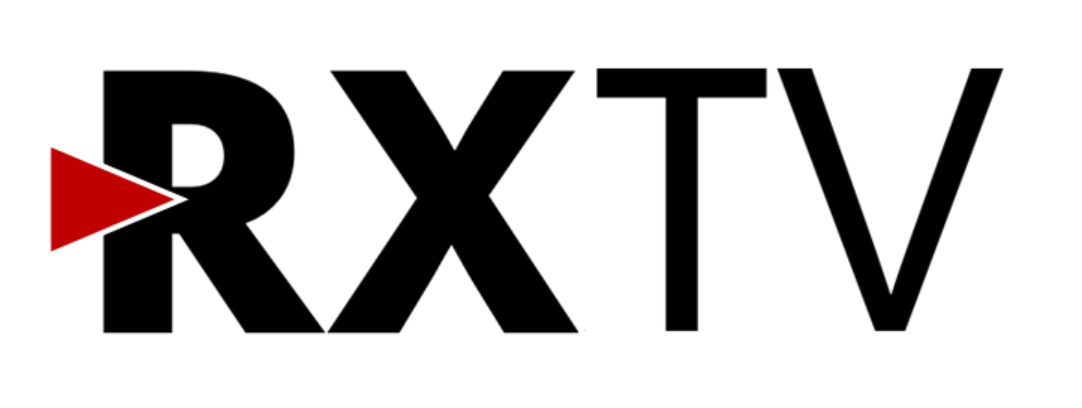Eutelsat will begin transferring television and radio services to its next generation Hot Bird satellites this week.
Hot Bird 13G arrived at 13°E on Wednesday from where it will begin to take over services from its predecessor satellites starting this week.
Hot Bird 13F will follow, so that by the end of July, all services will have migrated from the three old satellites (13B, C and E) to the two replacements.
But satellite viewers won’t need to make any adjustments. Existing frequencies and parameters will remain the same. Should reception drop-out, a satellite installer may need to check the installation.
Hot Bird is widely used by Polish households in the UK and Ireland, as well as by cable and IPTV network operators for incoming feeds of international channels. The satellite also carries channels serving Belgium, France, Greece, Italy and Switzerland alongside a range of pan-European and international channels. It’s also the home to a number of BBC World Service feeds.
The two all-electric satellites successfully launched into orbit last year.
Coverage
The strongest signals from Hot Bird 13F and 13G will cover France and Italy, just like their predecessors. But a stronger signal will reach Poland, where Hot Bird is used by the vast majority of homes. Hot Bird 13F and 13G’s signals will reach an area from the Canary Islands to Afghanistan, albeit with larger dish sizes.

- A slightly smaller chunk of the UK will still benefit from the strongest Hot Bird signals (53 dBW) compared to the predecessor satellites. Broadly, strongest signals will reach south and east of a line from The Wash to South Wales.
- Signal levels in northern England and most of Wales will be the same as in Poland at 52 dBW.
- But Scotland and Ireland will see slightly lower signal levels from the two new Hot Bird satellites, down between 1 and 2 dBW compared to the predecessor satellites, depending on location. The north-west fringes of the UK and Ireland will see a predicted signal of 48 dBW.
- Values of between 48-53 dBW across the UK and Ireland compare to the stronger up to 58 dBW signal delivered by Astra 2E/F/G for UK/Irish channels.
Dish Sizes
Although there will be slight differences in signal levels, most existing Hot Bird users won’t need to make any changes to their dish.
Typically, Hot Bird dishes in the UK and Ireland are either repurposed Sky zone 2 dishes or 60-80cm round dishes. The larger sizes are needed the further north and west you are.
A 50-60cm dish aimed at 13°E will bring in Hot Bird 13F and 13G in southern Britain. But you’ll need a 60-80cm dish further north and west, also to allow for weather conditions.
Actual signal strength at the receiver is affected by weather, dish alignment and quality of cabling. Some broadcasters also transmit services using parameters that are less favourable in weaker signal areas.
What happens to the old satellites?
RXTV understands the old satellites will be used to provide temporary extra capacity where required until the fuel runs out.
Marc Thornham
